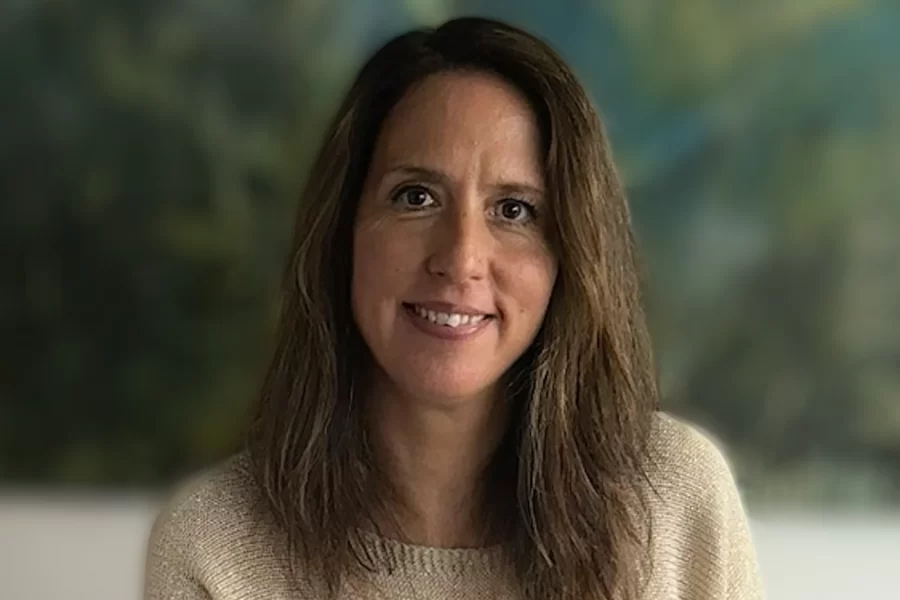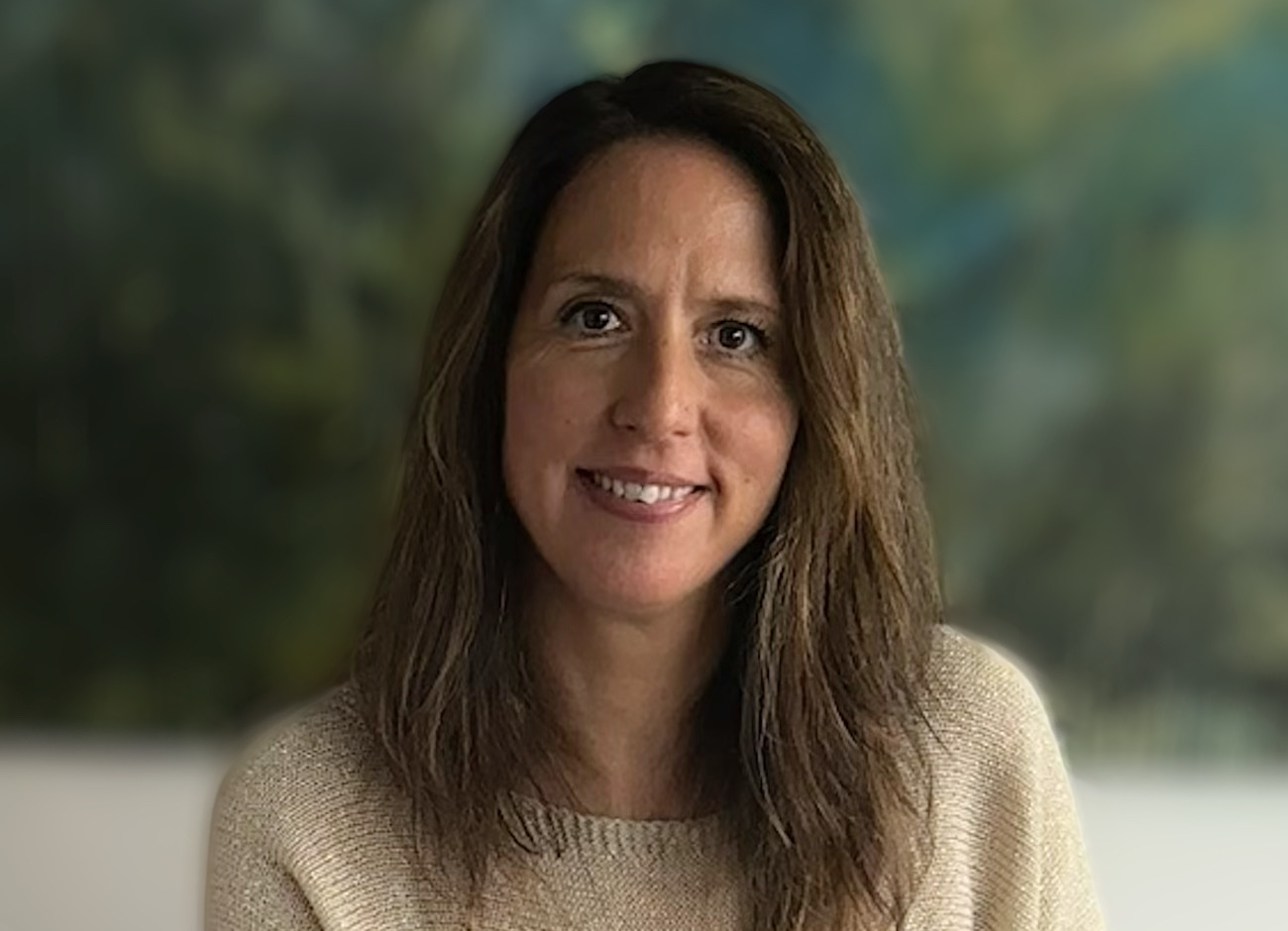
Rita Varady studied business administration at Oxford Brookes University in England. She then worked as a key account manager for an international logistics company in Hungary, and later in customer management for upscale five-star-plus hotels in Cyprus and Switzerland.
Rita joined Porsche Informatik in 2018. She spent two years as an assistant in Retail Solutions, then another two years in the Finance & Controlling billing team, before moving to Infrastructure & Cloud Services at the beginning of 2023.
Rita, you don’t have a technical background. How did you end up in the infrastructure sector, working on two major IT projects?
Working on the billing team, I became fascinated with the technical details of the services we billed. My interest in technology is strong, yet I recognize that new projects are challenging and necessitate thorough training.
In January 2023, I started as a Project Manager in Infrastructure & Cloud Services, taking over two ongoing projects from a colleague who went on maternity leave. Project management appealed to me because I like to organize and work in a structured way. I have learned to be persistent to meet deadlines and have successfully organized several project events in the past. And I really wanted to work on international projects to use my language skills and because I really appreciate the diversity of people.
Which projects have you managed so far and what were the challenges you faced?
One project was the server replacement from Windows 2012 to Windows 2022, or W2K12 for short. We had to upgrade a total of 470 servers in the wholesale and retail sector before the end of the old system’s life in October 2023. The project spanned more than two years. We had to test and upgrade 67 applications and business services on Windows 2022, and we also had to replace physical servers in the retail area. The biggest challenge was managing the dependencies between different applications and planning the timing of the replacement.
At the same time, I managed a project from Porsche Holding’s security roadmap. This involved the deployment of Microsoft Defender for Client as a precursor to other key projects, such as the international rollout of Intune. In total, we rolled out over 30,000 clients in 25 countries. I am also involved as project manager in the follow-up project to roll out Microsoft Defender for Server to all Windows servers in Austria and the partner countries of Porsche Holding.

The determination with which Rita faces new challenges also impresses interviewer Michaela.
How did you organize the projects and what methods did you use?
For the W2K12 project, we did a kick-off and created a quarterly plan. We used Jira, a master Excel file, and Teams as tools. In addition, we held regular team jours fixes with the project team and our external partner, communicated with the application owners, and reminded them of outstanding tasks.
In the Defender project, there were also regular team meetings with the project team and external consultants, weekly meetings and training sessions with the Volkswagen Group Retail Germany (VGRD) teams, as well as internal steering meetings and joint management steering meetings. It was important for me to liaise between colleagues in the countries, our project team and the external consultants so that everyone was on the same page.
What have you learned from these two projects, including for future assignments?
As a project manager, I’ve come to understand the importance of addressing issues proactively, consistently reminding the team of pending tasks and frequently asking questions. This is particularly crucial in the technical realm, where, as someone without a technical background, one should never hesitate to ask questions, even if they seem “simple.”
Many people think that you don’t need technical knowledge to be a project manager, but in my experience this is not the case. With a deeper understanding, detailed work packages can be defined and distributed, requirements can be established, and dependencies can be recognized.
I would like to take this opportunity to thank all the project members, application maintainers and stakeholders. Without their commitment, hard work and patience, these project results would not have been possible! It has been a collaborative effort and I am grateful for the cooperation and support of each and every one of them!


